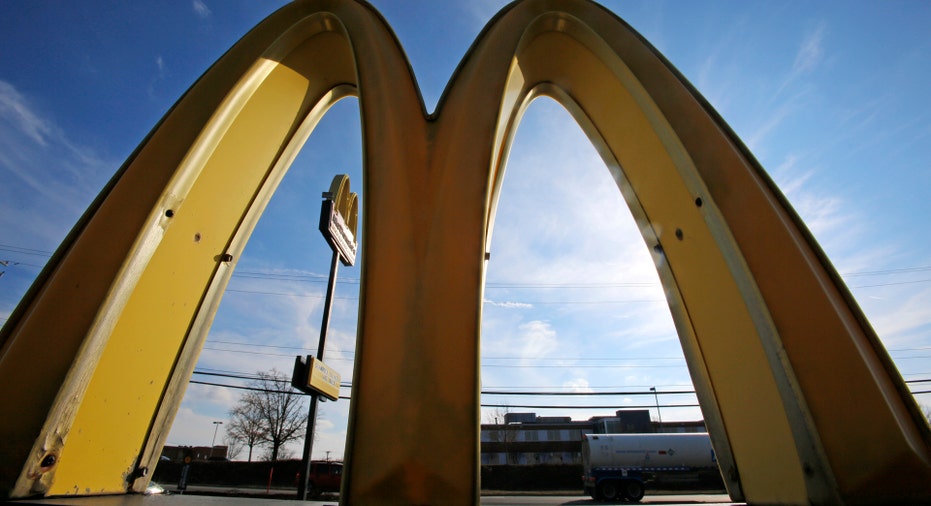McDonald's Lays Out Plan it Hopes Can Reverse Drop in Visits

NEW YORK (AP) — McDonald's acknowledged that it lost 500 million customer transactions in the U.S. since 2012, and said it plans to use tempting value deals to help win people back.
The world's biggest burger chain said Wednesday during its investor day in Chicago that much of that business was lost after it did away with its Dollar Menu. It noted that an upside was that the majority of those customer visits were lost to other major fast-food chains, rather than to newer rivals.
"Those are the easiest customers to get back," said CEO Steve Easterbrook, who took over in March 2015 and has been working to revive the company's image.
McDonald's outlined its plans after having recorded its fourth straight year of declining guest counts at established U.S. locations in 2016, despite the fanfare over the rollout of an all-day breakfast menu. The company also trimmed its domestic store base for the second year in a row.
To get more customers in the door, McDonald's said it will also more aggressively market coffee and pastries and offer mobile order-and-pay by the end of the year. Easterbrook also noted the huge potential of delivery, and that 75 percent of the population in the company's top five markets — including the U.S. — living within three miles of a McDonald's.
Asked by an analyst why a person would order McDonald's once delivery is widely available in the restaurant industry, Easterbrook said the chain's expansive footprint gives it the advantage of being able to get food to people more quickly.
Richard Adams, a restaurant industry consultant and former McDonald's franchisee, noted that the restaurant industry has never been more competitive. While McDonald's may be able to spur more customer visits, he questioned whether the company will be able to get back to the level of total transactions it had four years ago.
"If you look at the eating out options, it's just so much more than 10 years ago," Adams said.
McDonald's is being pressured not just from other big fast-food players like Burger King and Taco Bell, but from newer rivals that largely emphasize freshness and taste, as well as the availability of food at convenience stores like 7-Eleven and supermarkets. So even if people are still going to McDonald's, they may be going less often than they used to. The NPD Group has said it expects overall customer traffic in the restaurant industry to remain "stalled" this year, as it was last year.
McDonald's, meanwhile, has touted the changes it is making to improve its core menu, such as cooking its Chicken McNuggets without artificial preservatives and testing fresh beef for some burgers. On Wednesday, the company noted that it wants to focus on serving "delicious, unpretentious food."
For the near future, the company plans to launch a limited-time offer in April for $1 sodas of any size. That may offer a quick fix for bringing customers into stores.
For 2019 and beyond, McDonald's said it expects to expand its operating margin from the high-20 percent range to the mid-40 percent range, as it sells more of its restaurants to franchisees and relies more heavily on royalty fees. By the end of this year, the company expects 93 percent of its restaurants to be franchised.
Other chains such as Burger King and Dunkin' Donuts are almost entirely franchised, while Starbucks and Chipotle own most their restaurants.
After having been halted before the company's announcements, shares in McDonald's gained $1.40, or about 1.1 percent, to $129.05.



















